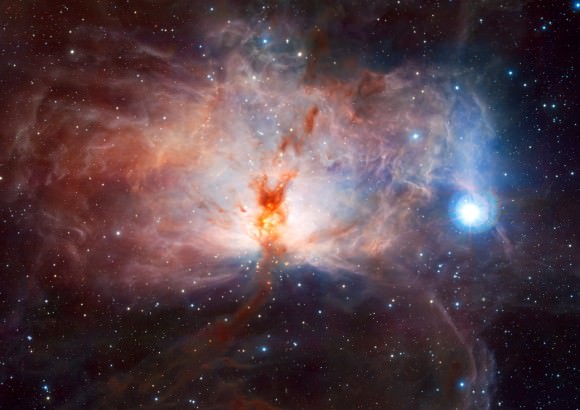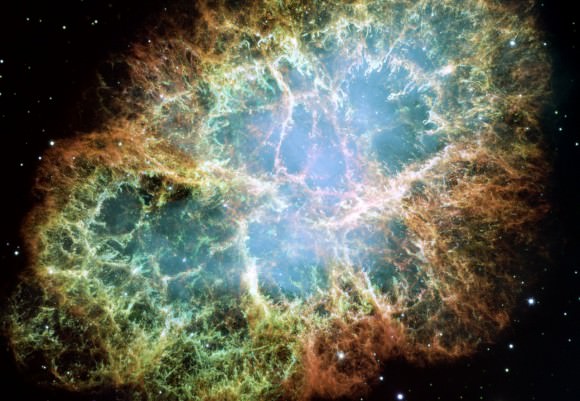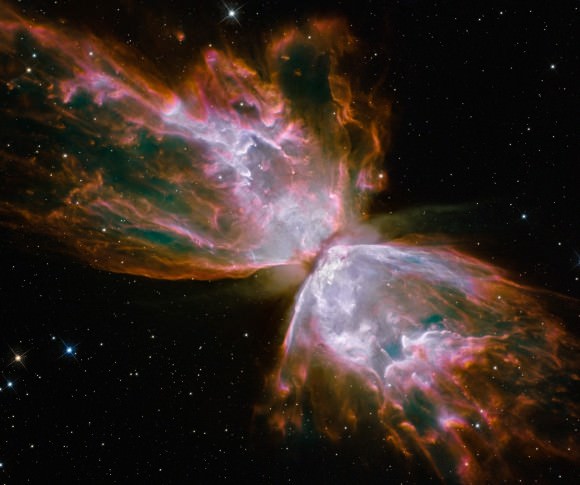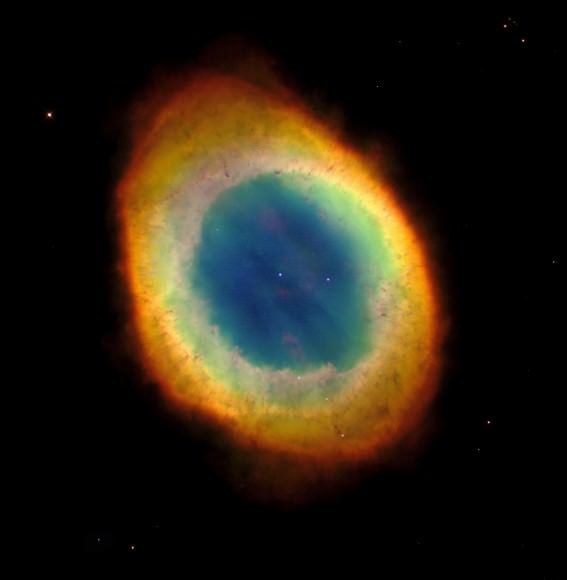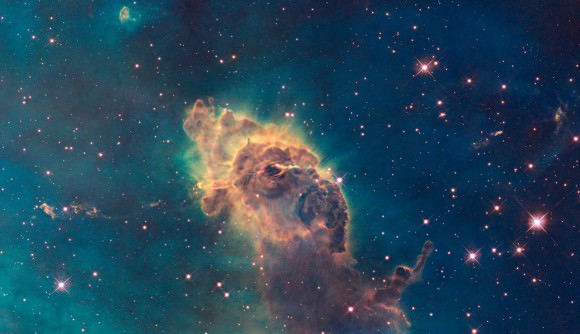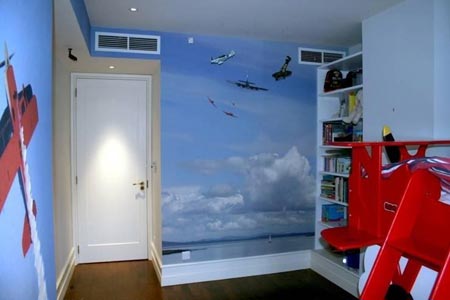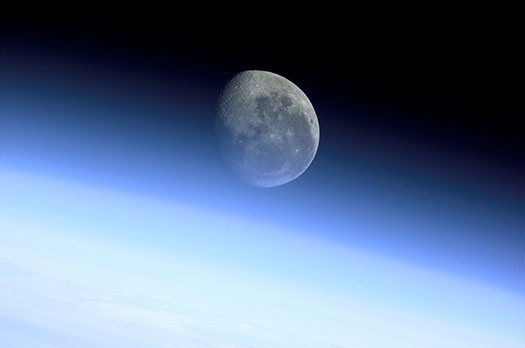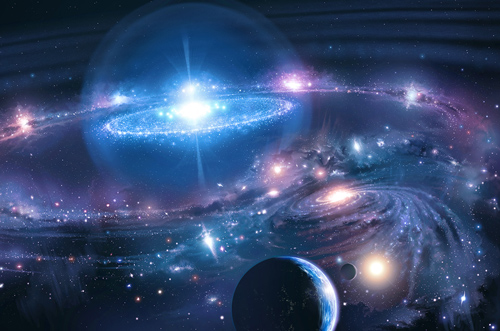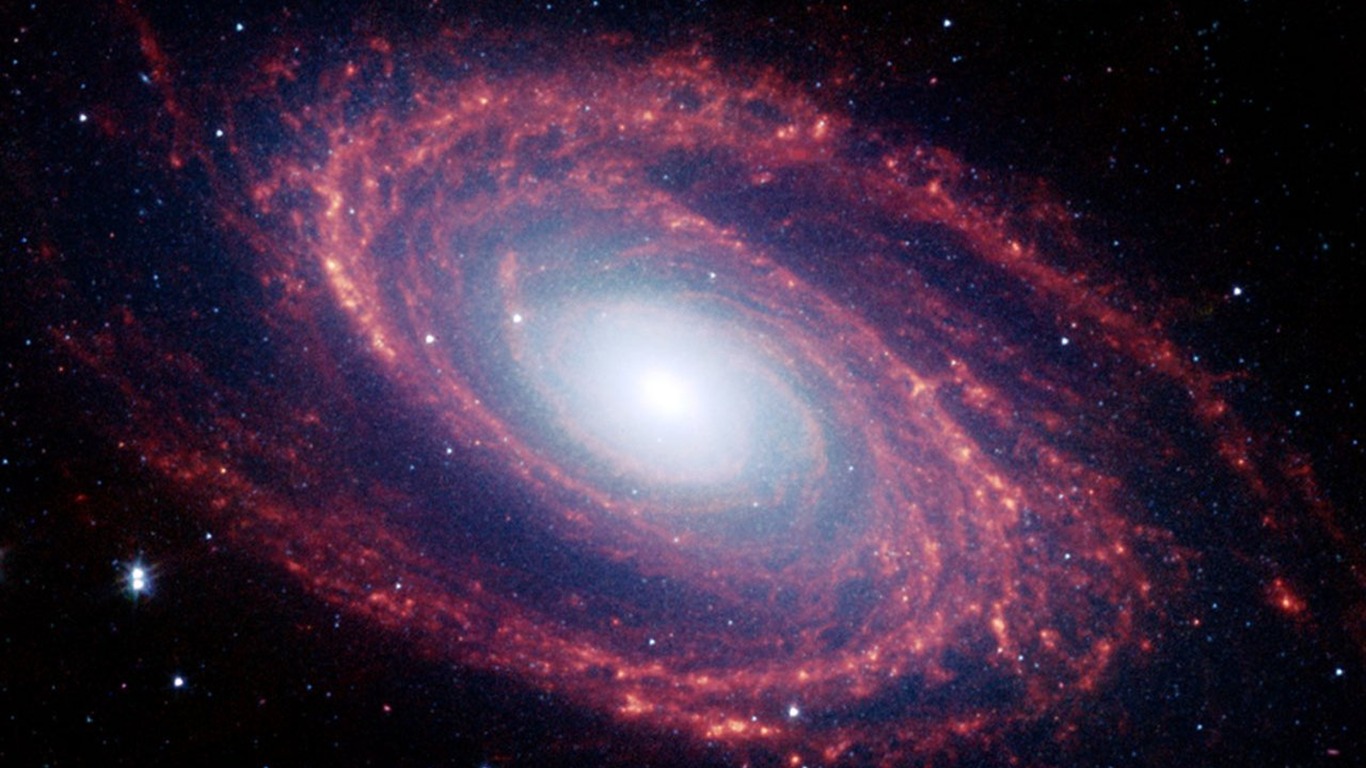Wallpaper Websites Biography
Nobody likes staring at a boring desktop when they fire up their computer every morning. Keep your wallpaper fresh with the five most popular sites Lifehacker readers use to satisfy their wallpaper needs.
We quickly learned that—while not everyone has a strong opinion about Linux distributions or encryption software—everyone has a favorite wallpaper site; readers logged nearly 500 votes for their favorite wallpaper sites. Now we're back to share the five most popular sites used by Lifehacker readers to dress up their monitors with fresh wallpaper.
VladStudio
Vlad Studio features the work of Russian wallpaper artist Vlad Gerasimov. He cranks out hundreds of great wallpapers, ranging from holiday themes to abstract art. Vlad Studio has wallpaper in a wide range of sizes suited for everything from your mobile phone to a multi-monitor setup. Mobile wallpaper and desktop resolutions at 1600x1200 and below are available for free. Images larger than that are available only to registered users. If you want access to the larger resolutions, now is a great time to pick up a subscription.
4Chan Wallpapers/General/
4Chan is an image-based forum where anyone can anonymously post and share images and comments. It's divided into sub-boards devoted to all sorts of topics like Anime, video games, etc., but has gained notoriety for some of its more unsavory sub-boards. The /Wallpaper/ board, nonetheless, is bustling and updated nearly 24/7 with images from around the web. Since the 4Chan boards are a bit kludgy to use if you're not trying to comment and just looking for images, a variety of scrapers have sprung up to help you pick through all the images in /Wallpaper/. You can visit 4Chan directly at the link above or you can use services like Nik.Bot and 4Walled to browse through the wallpapers available through 4Chan. Be strongly forewarned, however: although the /Wallpaper/ forum is much tamer than other areas of 4Chan, you'll still find a large number of Maxim-level NSFW wallpaper images and the occasional Playboy-level NSFW images when you're browsing. If you're not prepared to explain some really awkward internet memes to your boss, you'd better save 4Chan /Wallpaper/ for home.
Social Wallpapering
Social Wallpapering borrows the vote up/down model used by many social aggregators (Reddit, Digg, etc.) and applies it to desktop wallpaper. Users vote up their favorite, vote down their least favorites, and upload their own images to be ranked by other users. You can browse by rank, category, view random images, and sort by screen size to help you drill down through the huge collection to find the wallpaper you want. Prefer to grab everything and sort it out later? Social Wallpaper makes their entire wallpaper collection available for download via BitTorrent. If you're looking for a site where you can not only find fresh wallpaper but participate in helping your fellow wallpaper lovers find the best images, Social Wallpapering is a solid choice.
Interfacelift
Interfacelift is an enormous repository of wallpaper images. Thanks to the button-based layout at the top of the screen, you can easily drill down through wallpapers using factors like rating, number of comments, screen type, and so on. Once you select your screen type widescreen, full screen, dual monitors, etc. You can pick from available resolutions so you never end up clicking on an image and finding out it's not available in the resolution you want. Every search result gives you information about the image plus a drop down menu for size selection and a quick download. Interfacelift has recently added a feature called "The Loupe" which allows users to vote on incoming submissions to accelerate the process of new materials being added to the database.
DeviantART Wallpaper
If you've visited your fair share of wallpaper sites and gotten tired of the endless stream of glowing line-art and video-game wallpapers, then you'll enjoy browsing the wallpaper archives of DeviantART—a subdivision of the artist-centric site. You'll find everything at DeviantART from the more common glow-lines variety of abstract wallpaper to quirky paintings, photographs, and computer-rendered images. Most of the users at DeviantART are prolific contributors, so if you find a wallpaper you really like, make sure to check out the user's gallery to see if they have any other gems to share. DeviantART doesn't have the advanced wallpaper-oriented search features that many of the other wallpaper sites have, but you can still search by image size and sort by popularity.

 Wallpaper Websites
Wallpaper Websites Wallpaper Websites
Wallpaper Websites Wallpaper Websites
Wallpaper Websites Wallpaper Websites
Wallpaper Websites Wallpaper Websites
Wallpaper Websites Wallpaper Websites
Wallpaper Websites

Wallpaper Websites
[NEW] Anime Wallpaper Website - Link In Description
Nobody likes staring at a boring desktop when they fire up their computer every morning. Keep your wallpaper fresh with the five most popular sites Lifehacker readers use to satisfy their wallpaper needs.
We quickly learned that—while not everyone has a strong opinion about Linux distributions or encryption software—everyone has a favorite wallpaper site; readers logged nearly 500 votes for their favorite wallpaper sites. Now we're back to share the five most popular sites used by Lifehacker readers to dress up their monitors with fresh wallpaper.
VladStudio
Vlad Studio features the work of Russian wallpaper artist Vlad Gerasimov. He cranks out hundreds of great wallpapers, ranging from holiday themes to abstract art. Vlad Studio has wallpaper in a wide range of sizes suited for everything from your mobile phone to a multi-monitor setup. Mobile wallpaper and desktop resolutions at 1600x1200 and below are available for free. Images larger than that are available only to registered users. If you want access to the larger resolutions, now is a great time to pick up a subscription.
4Chan Wallpapers/General/
4Chan is an image-based forum where anyone can anonymously post and share images and comments. It's divided into sub-boards devoted to all sorts of topics like Anime, video games, etc., but has gained notoriety for some of its more unsavory sub-boards. The /Wallpaper/ board, nonetheless, is bustling and updated nearly 24/7 with images from around the web. Since the 4Chan boards are a bit kludgy to use if you're not trying to comment and just looking for images, a variety of scrapers have sprung up to help you pick through all the images in /Wallpaper/. You can visit 4Chan directly at the link above or you can use services like Nik.Bot and 4Walled to browse through the wallpapers available through 4Chan. Be strongly forewarned, however: although the /Wallpaper/ forum is much tamer than other areas of 4Chan, you'll still find a large number of Maxim-level NSFW wallpaper images and the occasional Playboy-level NSFW images when you're browsing. If you're not prepared to explain some really awkward internet memes to your boss, you'd better save 4Chan /Wallpaper/ for home.
Social Wallpapering
Social Wallpapering borrows the vote up/down model used by many social aggregators (Reddit, Digg, etc.) and applies it to desktop wallpaper. Users vote up their favorite, vote down their least favorites, and upload their own images to be ranked by other users. You can browse by rank, category, view random images, and sort by screen size to help you drill down through the huge collection to find the wallpaper you want. Prefer to grab everything and sort it out later? Social Wallpaper makes their entire wallpaper collection available for download via BitTorrent. If you're looking for a site where you can not only find fresh wallpaper but participate in helping your fellow wallpaper lovers find the best images, Social Wallpapering is a solid choice.
Interfacelift
Interfacelift is an enormous repository of wallpaper images. Thanks to the button-based layout at the top of the screen, you can easily drill down through wallpapers using factors like rating, number of comments, screen type, and so on. Once you select your screen type widescreen, full screen, dual monitors, etc. You can pick from available resolutions so you never end up clicking on an image and finding out it's not available in the resolution you want. Every search result gives you information about the image plus a drop down menu for size selection and a quick download. Interfacelift has recently added a feature called "The Loupe" which allows users to vote on incoming submissions to accelerate the process of new materials being added to the database.
DeviantART Wallpaper
If you've visited your fair share of wallpaper sites and gotten tired of the endless stream of glowing line-art and video-game wallpapers, then you'll enjoy browsing the wallpaper archives of DeviantART—a subdivision of the artist-centric site. You'll find everything at DeviantART from the more common glow-lines variety of abstract wallpaper to quirky paintings, photographs, and computer-rendered images. Most of the users at DeviantART are prolific contributors, so if you find a wallpaper you really like, make sure to check out the user's gallery to see if they have any other gems to share. DeviantART doesn't have the advanced wallpaper-oriented search features that many of the other wallpaper sites have, but you can still search by image size and sort by popularity.
Wallpaper Websites

Wallpaper Websites







Wallpaper Websites
Awesome HD Wallpaper Website
[NEW] Anime Wallpaper Website - Link In Description


